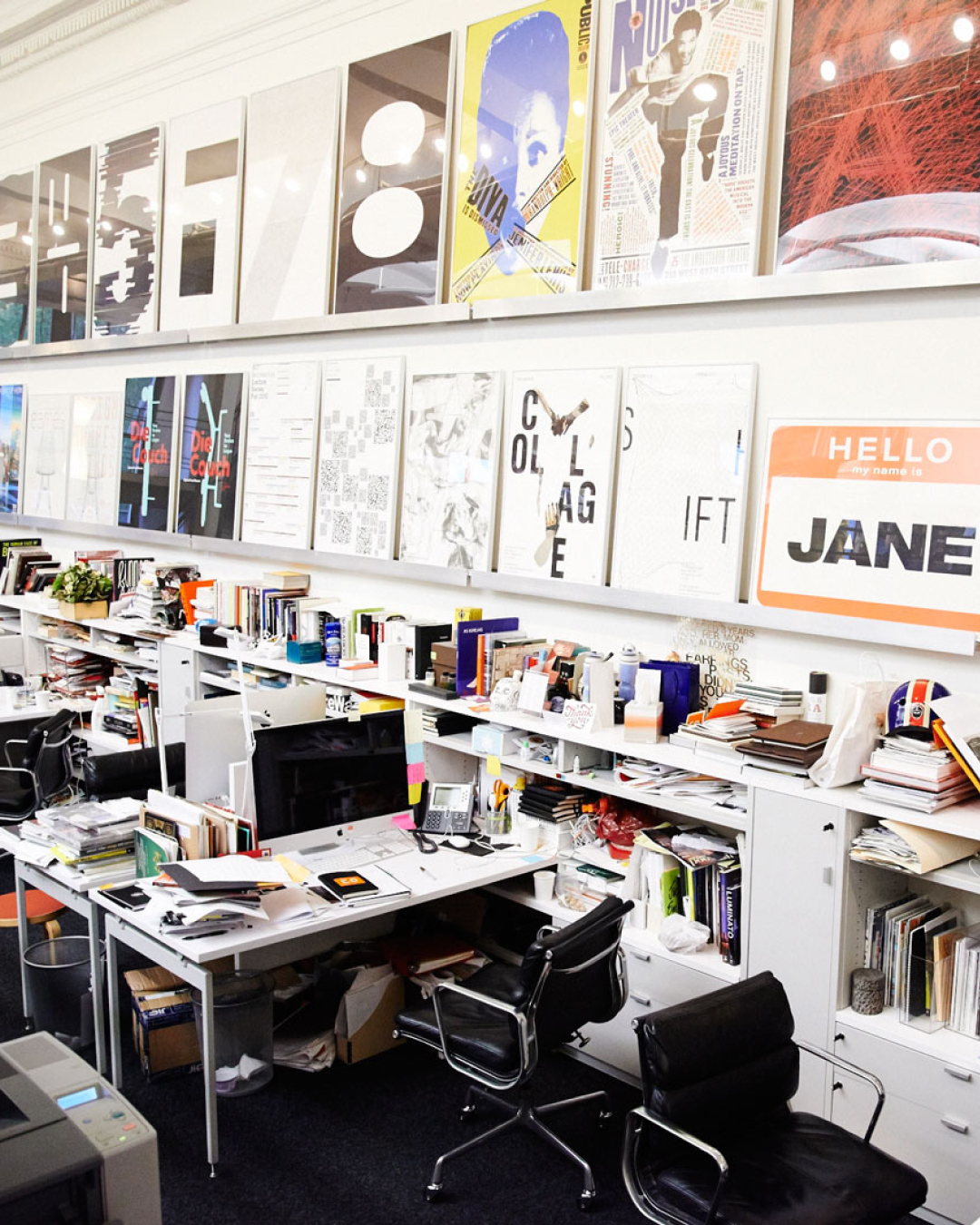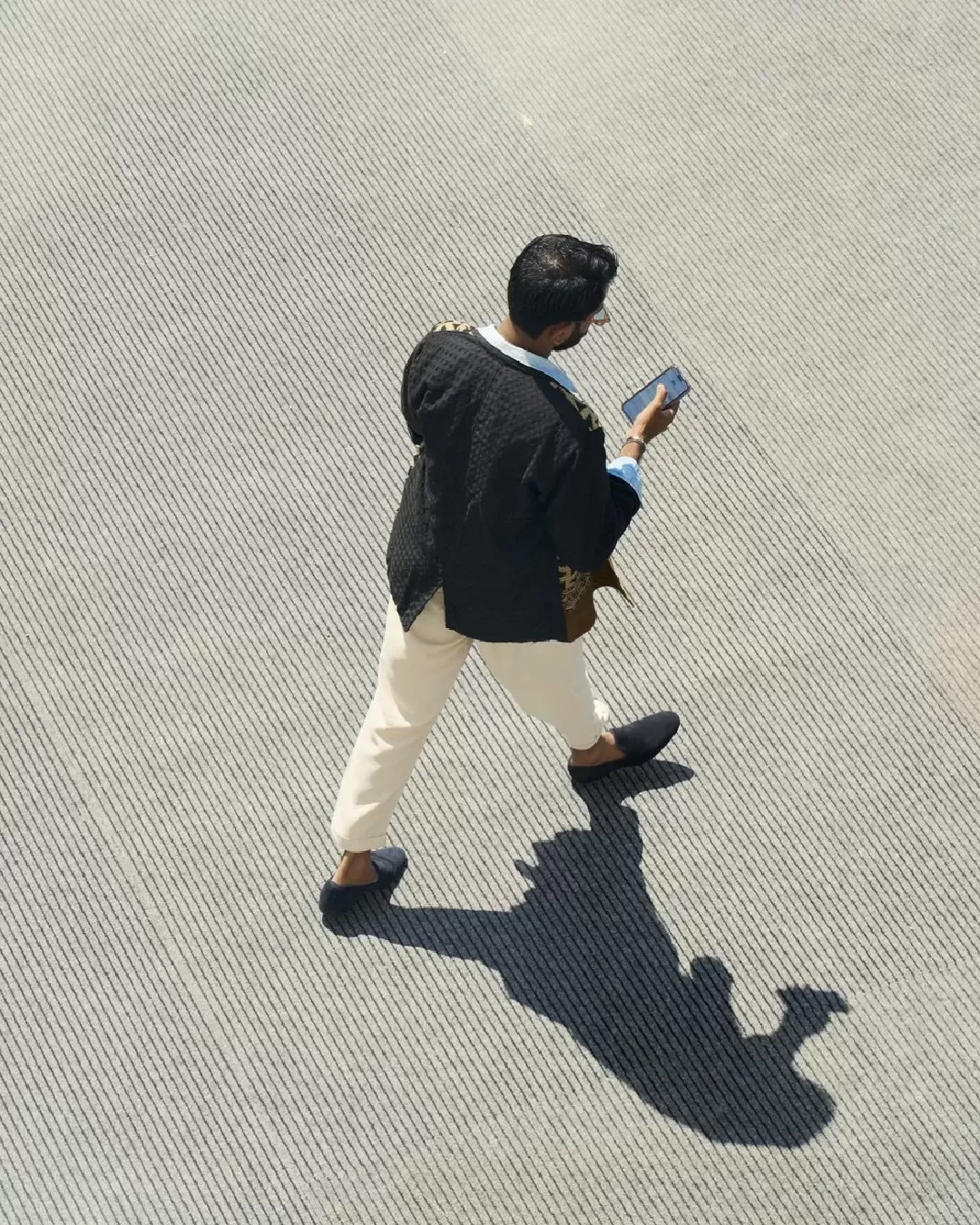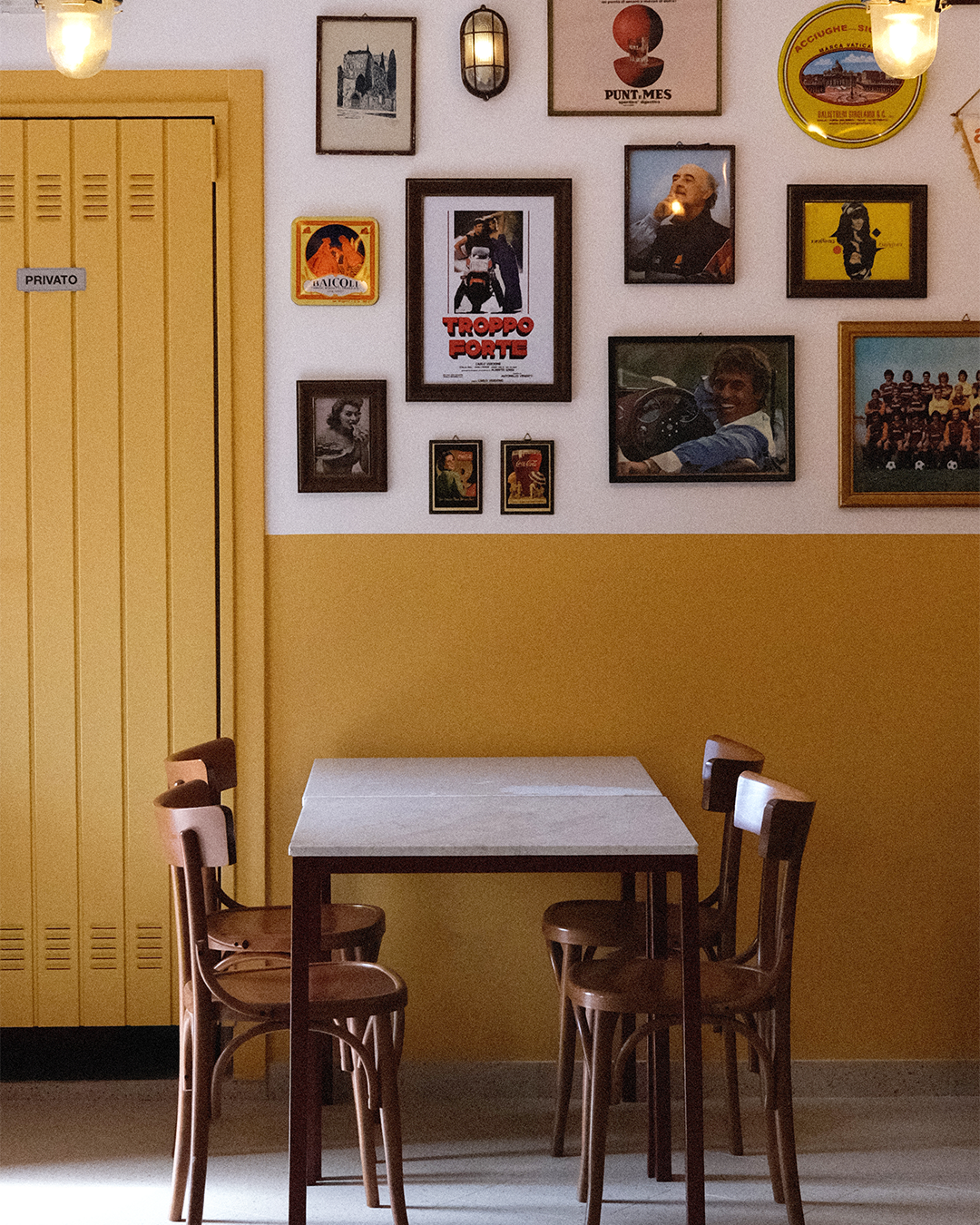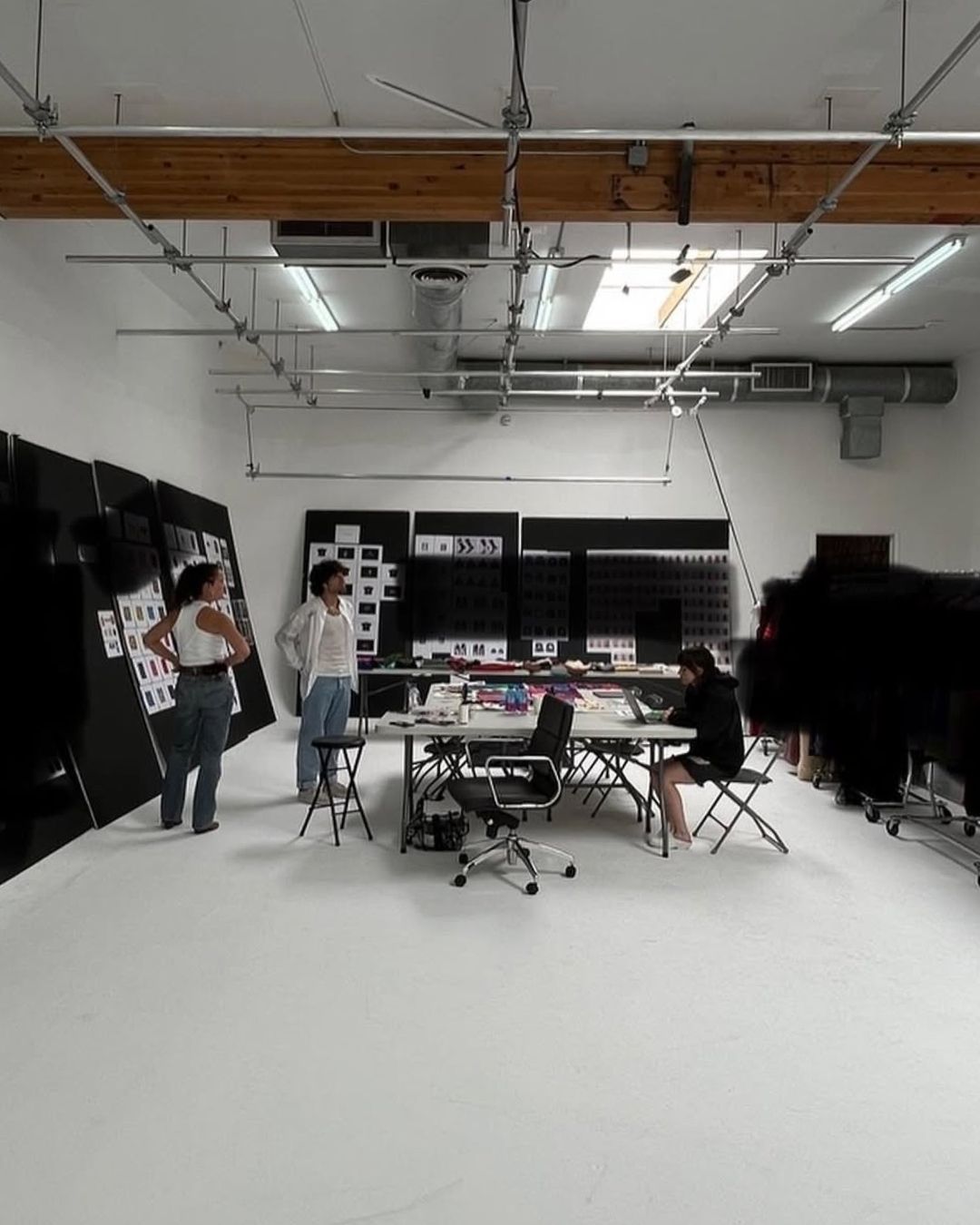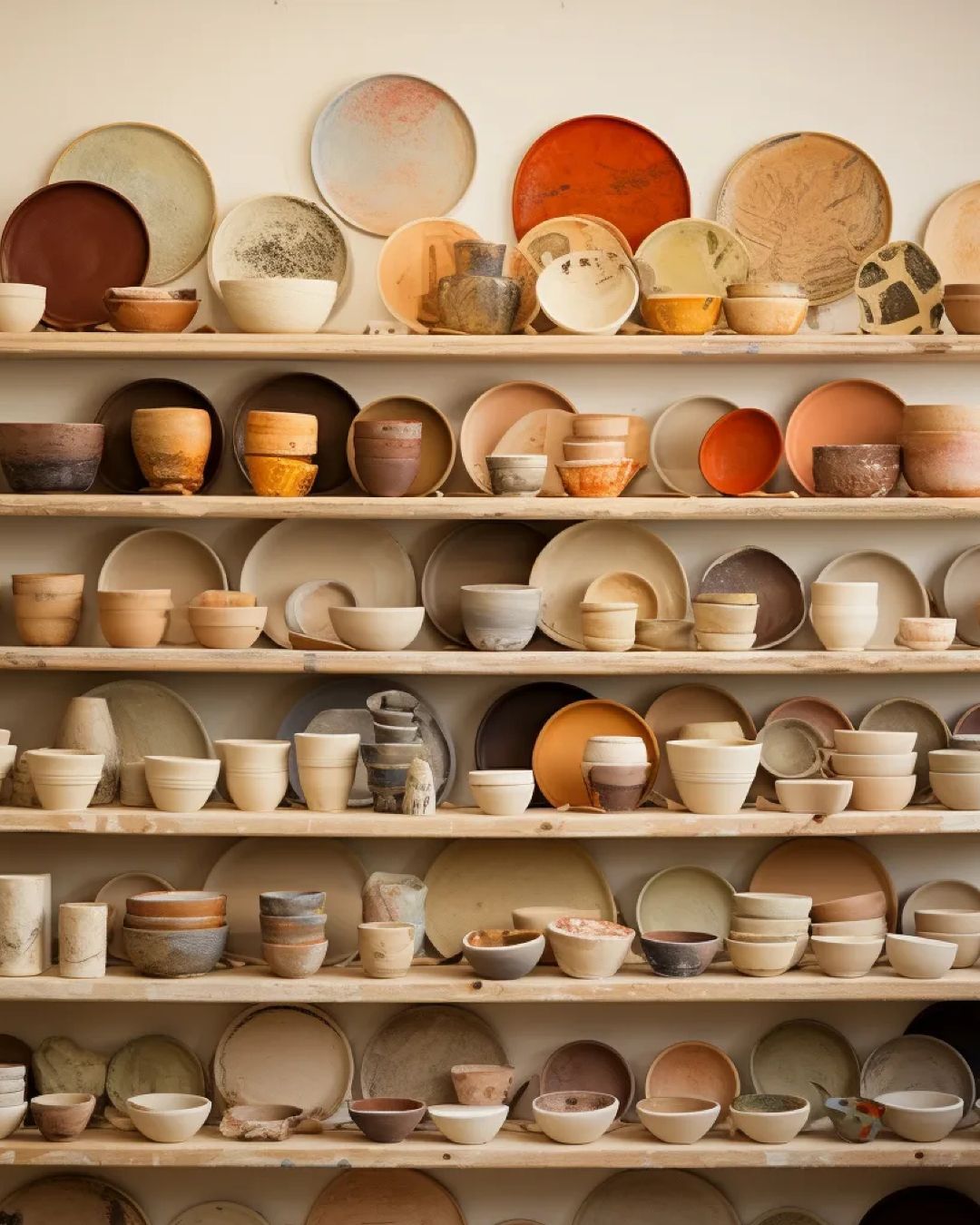
Why are ceramics trendy again ? A return to home-made products for a generation in search of meaning and serenity
"Who would have thought terracotta could become cool?" Today, ceramics is no longer just a niche activity reserved for dusty workshops. It has emerged as an icon of a contemporary lifestyle, one that dreams of slowing down and reconnecting with essentials. In big cities, pottery workshops are packed, from Clay Atelier in the 11th arrondissement to Sola in the 6th, which recently opened. These places, teaching you how to make tomorrow’s tableware, seem to be conquering the capital little by little, welcoming enthusiasts eager to feel this raw material that appears to be the new remedy against Parisian stress. This return to craftsmanship seems to express more than a trend: it reveals a thirst for reconnection, personal creativity, and skill mastery, a kind of "hand yoga" for those seeking serenity. In response to an increasingly dematerialized society, ceramics seems to offer a tangible escape, a refuge in the age of the immaterial.
As handcrafted enthusiasts multiply, ceramics has found its place in our homes and Instagram feeds. This trend recalls the passion for other crafts like crochet and sewing, which re-emerged around the same time. From stoneware dishes to crocheted blankets and handmade clothing, the same spirit reigns: uniqueness, a return to roots, and authenticity. Whether buying ceramics or crafting one’s crochet or sewn pieces, it’s about embracing a nearly meditative manual skill. We no longer consume passively; we value the created, crafted object, bearing a story. Thus, ceramics, crochet, and sewing form a trio that represents a shift from mass consumption and standardized products, making their way into our homes. This trend is showcased on Instagram, where #ceramics (22.9M) and #crochet (50.7M) gather millions of posts, attracting this DIY-loving generation in search of meaning.
This phenomenon seems driven by a commitment: to break free from industrial patterns and add meaning to the remarkable consumerism of our generation. It may also be about adding a human touch to what we own. After all, what could be more satisfying than saying one’s new skirt is "home-made" when asked about its origin? In this same search for meaning, ceramics becomes an act of resistance, a response to the disposable world. The Covid pandemic likely accelerated this movement for many, as Seth Rogen described back then in his interview on Q with Tom Power. At the crossroads of vintage and slow-life trends, it attracts a generation that values uniqueness. Clay, a universal raw material, thus becomes the symbol of an artisanal revival that challenges modern frenzy. Buying a piece of ceramic is a conscious choice, a way to vote for a more rooted, mindful future, where each item will ultimately have a story to tell. Whether this remains a fleeting trend or becomes a lasting habit reflecting our consumption mindset remains to be seen.











































